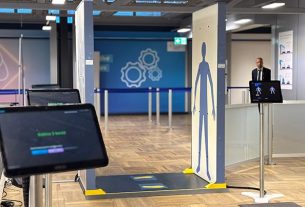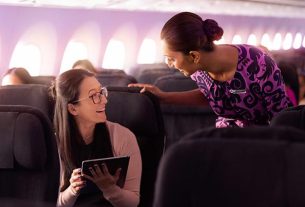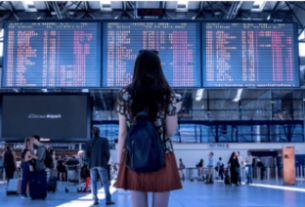SEVILLE, Spain, September 28 — Aviation actors need to come together in a new partnership to support rapid innovation, which can help with the drive for reduction of emissions and thus ensure that major sustainability milestones can be reached, while maintaining and improving aviation safety.
This was the conclusion reached after two days of discussions at the EASA Annual Safety Conference in Seville, Spain. The Conference theme was ‘Leveraging innovation for safe, sustainable air travel’, where participants imagined how an air journey from Seville to Sumatra in the year 2040 might look.
Speakers at the conference had emphasised that while safety is fundamental for all means of transport, particularly aviation, there could be no doubt about the need to also improve sustainability. Innovation could help with this by enhancing safety, sustainability, and efficiency.
A strong regulator was seen as important, as certification and regulation act as a checkpoint and provide the credibility that is needed for commercial success. The challenge however was to find ways for regulation to accompany innovation along the track to success.
Closing the conference, EASA Acting Executive Director Luc Tytgat announced that EASA would work to evolve ways of working within the existing framework of EASA’s activities in the near term, using the flexibility within the Agency’s remit for closer working in targeted groups. In a second phase, it would work with stakeholders on a new project ‘Designing EASA+’.
“I see that we need to respond to these needs. We need changes to be able to work better together. ‘Together’ is probably the word that has been said most often here. None of the actors in this room can manage to do this without the support of the others”, Tytgat said.
“We will start with this now. We want also to work with you on the project of Designing EASA+”, Tytgat continued. “This will become an inclusive partnership for an agile and global system to enable and support innovation. We need a clear roadmap to meet the milestones ahead of us.”
Stakeholders in the future of aviation are defined as a much wider group than in the past. They include new entrants to the market, particularly on drones and vertical take-off and landing (VTOL) aircraft, but also the general and travelling public. Citizens expect both a greening of aviation and that their interests and concerns are addressed in the design of future air mobility.
The conference was held in Seville in conjunction with the Spanish Aviation Authority ‘Agencia Estatal de Seguridad Aérea’ (AESA) under the auspices of the Spanish Presidency of the European Union.



